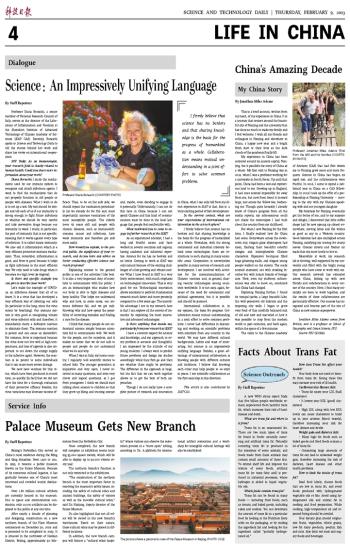
 |
| The picture shows a panoramic view of the Palace Museum in Beijing. (PHOTO: VCG) |
Beijing's Forbidden City served as China's royal residence during the Ming and Qing dynasties, from 1420 to 1911. In 1925, it became a public museum known as the Palace Museum. Because of its numerous cultural legacies, it has gradually become one of China's most renowned and crowded tourist destinations.
Over 1.86 million cultural artifacts are currently housed in the museum. Due to space and environmental constraints, only 10,000 artifacts can be displayed to the public at any one time.
After nearly a decade of planning and designing, construction on a new northern branch of the Place Museum commenced on December 30, 2022 and is projected to be completed in 2025. It is situated in the northwest of Haidian District, Beijing, approximately 30 kilometers from the Forbidden City.
Once completed, the new branch will comprise 12 exhibition rooms totaling 35,000 square meters, which will be able to display up to 30,000 objects every year.
The northern branch's function is not only restricted to the exhibitions.
"The construction of the northern branch is the most important factor in resolving the museum's safety issues, including the safety of cultural relics and ancient buildings, the safety of visitors as well as the movable cultural relics," said Du Haijiang, deputy director of the Palace Museum.
Du also highlighted that not all relics will be stored in the new branch's warehouses. Based on their nature, these cultural relics may be placed in different locations.
In addition, the new branch campus will feature a "cultural relics hospital" where visitors can observe the restoration process in a "more open" setting, according to Du. A platform for international artifact restoration and a workshop for intangible cultural heritage will also be established.







